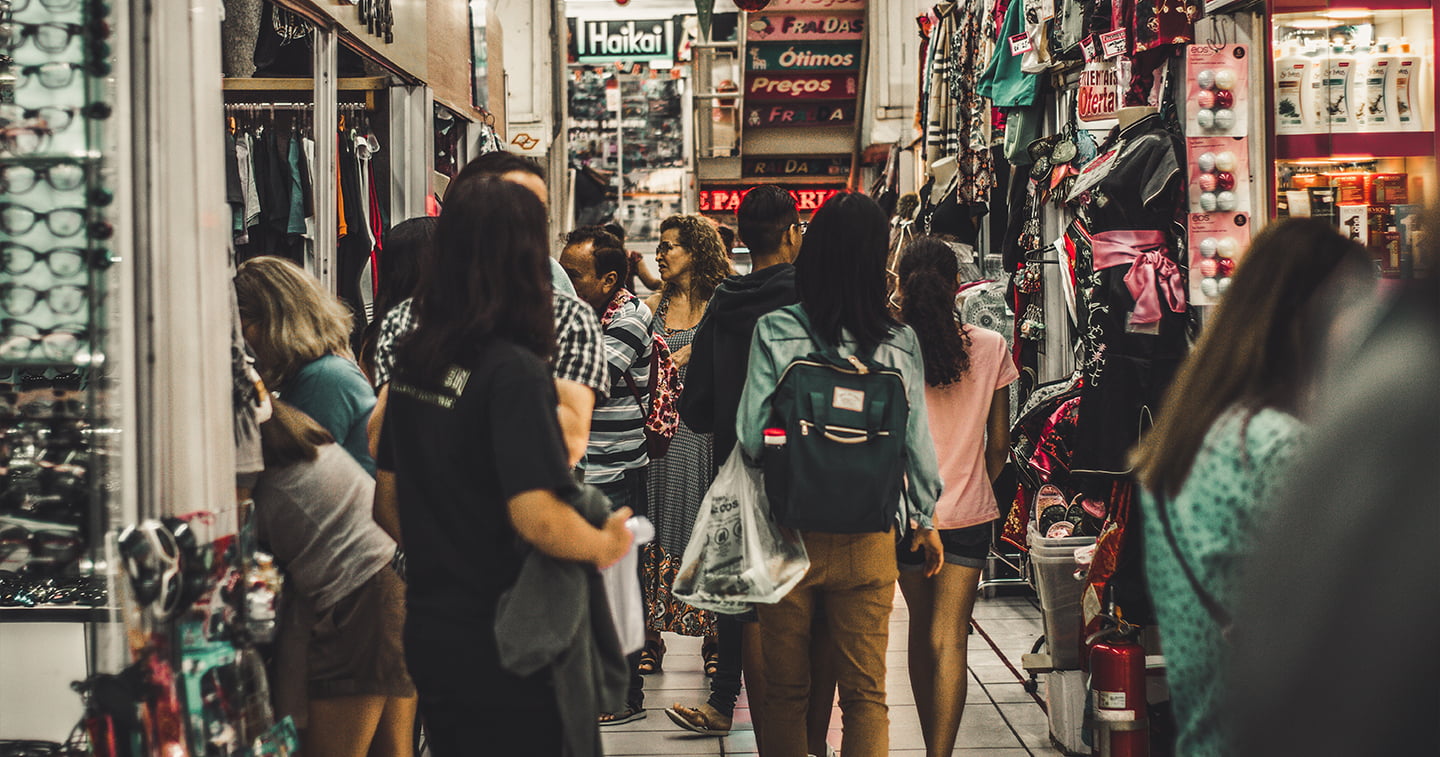COLOMBIA — VMLY&R COMMERCE I Geometry Colombia has released the “Latin Shopper” research, citing the unique consumer behavior of shoppers across Latin America. As such, with the rise of retail media and marketplaces, it is necessary to implement strategies that respond adequately to the collectivist consumption of Latin Americans, which differs from the individualistic consumer for whom these strategies were conceived.
Latin Americans understand transactional moments as processes of high social value, where it is not just about buying for the sake of buying, but a moment to share and enrich their social relationships. In this context, the objective is not to replace traditional commercial dynamics, but to use the digital opportunities to enrich the collective commerce that can be seen in contexts such as Latin America.
In addition, with the arrival of the Covid 19 pandemic, the ecommerce channels were strengthened, thus transforming the way consumers buy and pay. This made the purchase channels change, so now retailers are beginning to inhabit virtual channels, at the same time that social networks become spaces for mass sales.
Consumer data specialist Statista‘s latest report estimates that in Latin America, there are around 300 million digital shoppers, a figure that is expected to grow by more than 20% by 2025. However, the region accounts for only 8% of total ecommerce sales worldwide.
This is due to two conditions: on the one hand, the socioeconomic context of the region makes the implementation of these technologies to take longer to reach the entire population, but also because Latin Americans are, in essence, collectivist consumers. In other words, for them, the moment of purchase is a very important moment to share with others, it is not only about the product or service, but about the way the moment of purchase can enrich their relationships with the people they care about, as for this population social interactions are very significant and essential.
For example, in Latin American countries, the level of individualism is 19%, while in countries of the global north it is 66%, according to the Hofstede Model.
This shows a clear difference between the behaviors of both types of consumers. The same happens with the shopping mall industry, while it is declining in the United States, in Latin America it is still a thriving industry. * The winning formula is to involve qualities of collectivism: who to shop with, digitalization (through what channels), and innovation (through which formats) in the brand strategies. This will allow brands to meet short-term goals, as the digital tools enrich the consumer experience, without necessarily abandoning traditional market strategies that are still booming in this context.
*A 2020 report by Coresight Research estimates that a quarter of existing U.S. malls will close in the next three to five years. This, as a result of the growth of ecommerce in this country. For this reason, large chains have been announcing their closure and retail ecommerce has been gaining momentum as a more secure transaction method during the beginning of the pandemic, and now as a more convenient one.
In contrast, Latin America has a growing number of shopping centers where, even now during the pandemic, investment, and revenues from 2020 to 2021 are in continuous growth. As an example, we can look at the case of the Pei Asset Management group, a company specializing in real estate investment portfolio management in Colombia. According to its annual report, its shopping centers had a revenue increase of 34% in 2021.
This is an excerpt from the Latin Shopper, research conducted by VMLY&R COMMERCE | Geometry Colombia, to see the full paper you can access this link.








